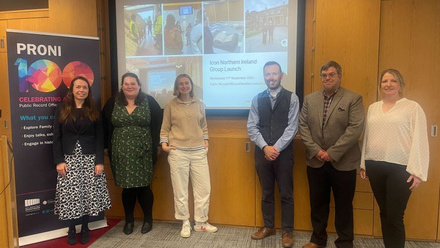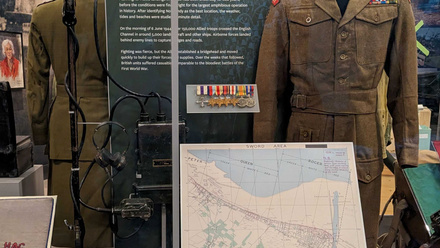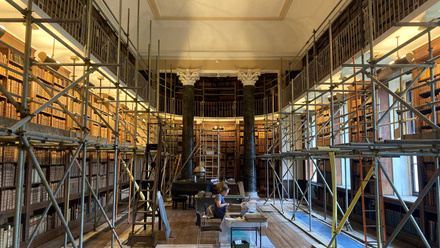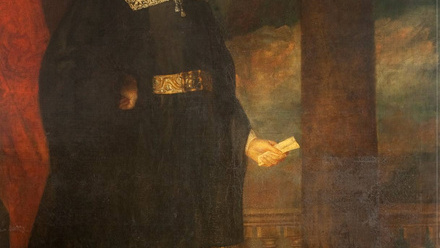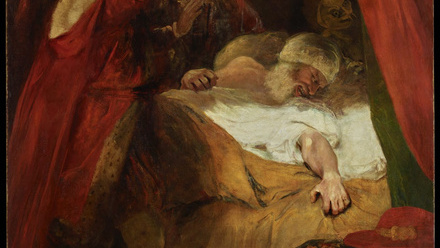If you would like to get involved and share your project with the Icon community, then please fill out this form and send it back to us.
Our first project comes from Surjit Singh, a book and paper conservator, who is studying for his Masters in Conservation degree at the National Museum of History of Art, Conservation and Museology (Ministry of Culture, Government of India.)
Surjit Singh - Conservation of a Sunder Gutka Sahib
This is a beautiful small-sized book (13 x 9 cm x 3 cm) of Sikh religious Hymns with marvellous edge marbling in green, red and yellow colours, named as Sunder Gutka Sahib. Many Sikh hymns are written in this book and it is used for daily prayer by many Sikhs historically. The next steps in this project are still on hold, but I have submitted this project for approval as part of my seminar and it will contribute to my Masters in Conservation degree.
The front board shows a white spine repair which extends to the boards (Figure 1) whilst the marbled edges bear distinct green, yellow and red colours (Figure 2).
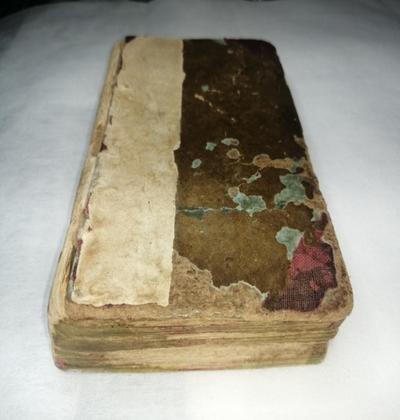
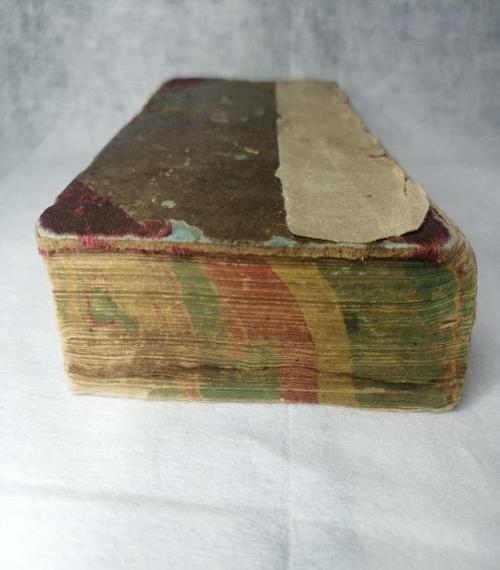
The back board of the Sunder Gutka is missing. Threads and holes of recent stab stitching are also visible, as well as the grooves of the traditional recessed cord stitching under the damaged spine line. This forms an interesting aspect, as it appears that two stitching techniques can be identified in the book (Figure 3).
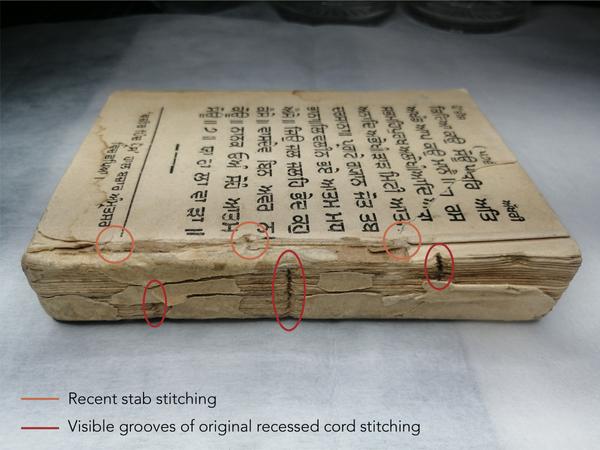
After careful study of the binding structure, the old damaged repairs were removed with the use of diluted wheat starch paste. The recent stab stitching threads were pulled out and secured attentively, without any damage being caused to the book block (Figure 4).
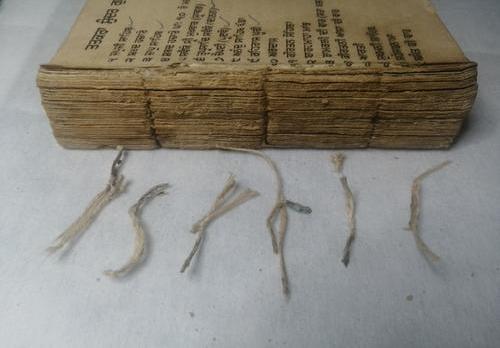
After mending the separated bi-folios and other tears, all the signatures were re-stitched using the recessed cord 2-on stitching technique to allow the book to open successfully and to avoid bulkiness of the spine. This illustration shows the movement of thread in the stab stitching and recessed cord 2-on technique (Figure 5).
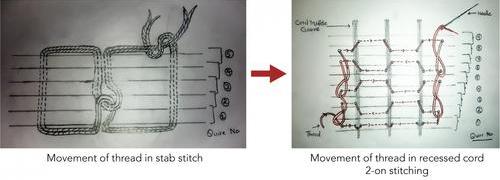
Figure 6 shows the movement of the needle in the recessed cord 2-on technique, where the needles move through two signatures whilst moving one kettle stitch to the other.
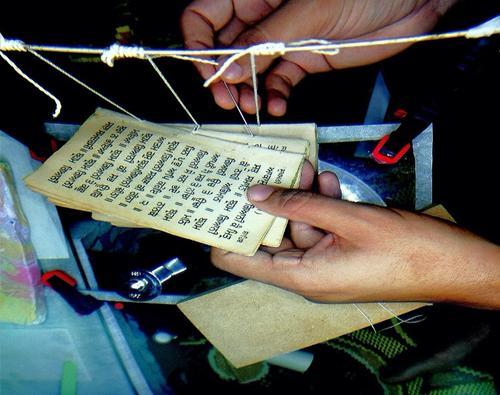
After careful work the structure of the recessed cord 2-on stitching was completed, allowing the book to open and close with ease (Figure 7).
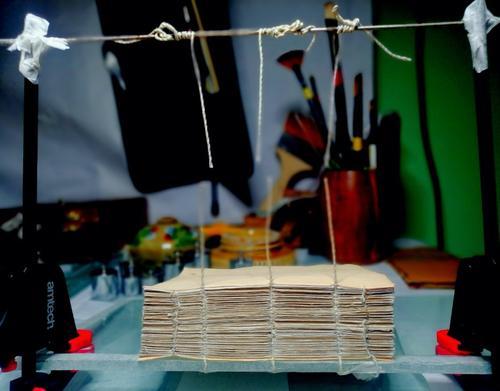
---
Images Surjit Singh


